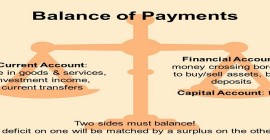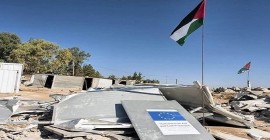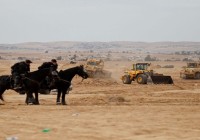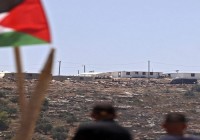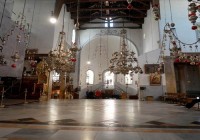PECDAR: Palestinian Economy is Still Undergoing Difficult Conditions.
Dr. Mohammad Shtayyeh, President of the Palestinian Economic Council for Development and Reconstruction (PECDAR), said that the Palestinian economy is suffering from a decline in its growth rates and has been going through deflation since the middle of 2013.
In a press release on the conditions and performance of the Palestinian economy during the previous year, and based on official statistics and studies that he conducted, Dr. Shtayyeh said that the lack of progress in the reconstruction of the Gaza Strip due to the blockade and the delay in the receipt of donor funds resulted in a lack of sufficient job opportunities and development in the economy of the Gaza Strip. The press release comes at a time when preparations are being made for the AHLC meeting, to be held in Brussels in two days.
He mentioned that the unemployment rate in Palestine reached over 26%, standing at 44% in the Gaza Strip and at 52% among the 18-29 age group.
He also said that the GDP per capita continues to decline, especially in the Gaza Strip, where it did not exceed $970 at the end of 2015, which reflected negatively on the economic and humanitarian conditions of the Strip.
Moreover, he said that more than a third of Palestinians currently live is difficult economic conditions and are classified as poor. Poverty rates in Gaza are triple those in the West Bank. 80% of the residents in the Gaza Strip receive international humanitarian aid, and 47% of families in the Gaza Strip are food insecure.
The economic deflation that the Palestinian territories are suffering from resulted from the restrictions Israel imposes on the West Bank, and the decline in financial aid to the Palestinian Authority.
Dr. Shtayyeh explained that the slight increase in the growth rate does not reflect real development, since this increase was based on consumption, was limited to the wealthier classes, and did not include the poor. Consequently, under deflation, unemployment and poverty rates will keep on increasing, which will have negative economic effects, some of which we are experiencing now, and some of which we will experience later in the future.
Additionally, there is a gender gap in the participation in the labor force, as only 19% of women work. And unemployment rates among them increase as their level of education increases.
Around 70,000 new individuals entered the labor market during the past year. 18,000 job opportunities were available in the West Bank and 40,000 in the Gaza Strip, which were created by the reconstruction process and are temporary.
He also said that there was an increase in the dependence on the Israeli labor market. There are more than 115,000 Palestinian workers who work in Israel, 70,000 of whom hold work permits.
Moreover, Dr. Shtayyeh added that 40% of those who work in the private sector receive wages that fall below the minimum wage.
He added, “Unfortunately, the sectors that contribute the least to the GDP are the productive sectors, including the agricultural and industrial sectors, due to the lack of investment in them.”
The blockade imposed on the Gaza Strip and the slow pace of the reconstruction will exacerbate the bad economic conditions in Gaza. However, he expected that the reconstruction process would improve once the Palestinian reconciliation is accomplished.
He stressed that we must not continue to rely on the clearance revenues, which Israel controls, in paying the salaries of employees. It is also important to expand the Palestinian economy’s production base to allow the PA to meet its financial needs.
He also emphasized the importance of connecting the educational process with the economy since unemployment among university graduates reached a very high rate, and that the type and number of job opportunities available no longer match the number and specialties of graduates.
Finally, he said that the money transfers to Palestine from Palestinians living abroad are one of the factors that support the economy and strengthen the steadfastness of Palestinian families in their country. The overall money transfers amounted to two billion dollars, the majority of which came from Palestinians who work in Israel, followed by the Gulf States and the United States.
